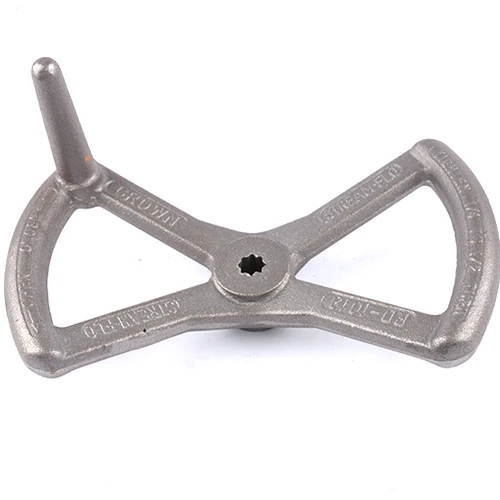Developing Advanced Strategies For Iron Products With Precision.
Iron casting industry has witnessed a remarkable change in traditional sandcasting process to more modern era of development. This latest technology is revolutionizing foundries, increasing both their productivity and the quality of their products. Here are some of the most cutting-edge methods that have transformed industry in these recent years.
Automated Molding: Transforming the World of Production
Automated molding is among the revolutionary methods which are slowly penetrating into this industry. This is a process in which molds are made using machines according to various patterns and shapes produced, thus ensuring conformity of the quality level throughout all products. Automated molding reduces the risk of human error throughout processes, that is very important in finishing quality.
High-Pressure Die Casting for Precision
Another cutting-edge method in iron casting is high-pressure die-casting. What this advanced technology does is melt metal such as iron and forcibly inject it into steel molds at high pressures to make intricate shapes with a level of accuracy that no other method can even hope for. The process offers the added advantage of being a single operation that eliminates post-casting finishing, making it revolutionary in terms of its production time.
Lifting quality with new molding, core-making strategies
Molds and cores offer whether high or low quality of iron products depending on the casting process conducted. Machining/casting From traditional sand molds and cores, this industry has progressed to a number of modern methods that also include ceramic, shell molding). The combination of ceramic and sand allows ceramics to be molded close dimensional tolerances with a near polished finish. On the contrary, shell molding is a casting method where resin covered sand generates a type of shell around pattern and later on it forms final mold.
There are many developments that have taken place in the domain of core-making techniques -with introduction of cold-box and hot box processes. The cold-box method is more popular than the hot-box, and it involves mixing sand with a catalyst which then hardens at room temperature. This kind of process is known for creating complex shapes and thin walls, which makes it a perfect option if somebody needs to put something as accurate. In contrast to this; for cores that require a high level of dimensional accuracy and surface finish, the hot-box process uses thermosetting resin activated in warm core boxes.
Improve Strength and Durability with Advanced Casting Techniques
In order to improve the strength and service life of iron products, new metal casting methods have been developed. Ductile Iron (also called as Nodular or Spheroidal Graphite Iron), which was invented and patented in USA by Keith Millis provides substantial differences between nodular iron performance versus plain grey cast irons, offering higher strength with ductility to traditional grey irons while providing excellent corrosion resistance for some of the most challenging applications. Austempered ductile iron (ADI), by contrast, is a heat-treated variation of the same nodular iron to which it adds significant improvements in mechanical properties including strength, toughness and wear resistance. These heavy-duty castings are for high-stress strain and shock load applications.
Expert Panels and Industry Trends
Industry experts can significantly accelerate the sunrise of new knowledge, practice and design while that is relevant to iron casting industry. The experience they have is vital in deciding which techniques are best to employ for certain casting needs. It is important to monitor the conditions of casting, pay careful attention to geometry and follow standard safety practices in iron castings.
The adoption of new methodologies like additive manufacturing and investment casting have allowed for the development of increasingly complex designs. In summary, the world of iron casting has made some extraordinary advances with improvements in automation to better molds and cores which do a great deal for more precision, uniformity & product quality. New casting methods including ductile iron and austempered ductile iron produce a more robust product overall that has become popular for use in high-performance applications. The industry experts who share their insights and expertise plays an important role in taking the e-hailing business to reach higher standards of success & innovation, which otherwise is really tough.

 EN
EN
 CS
CS
 DA
DA
 NL
NL
 FI
FI
 FR
FR
 DE
DE
 EL
EL
 IT
IT
 JA
JA
 KO
KO
 PL
PL
 PT
PT
 RU
RU
 ES
ES
 TL
TL
 ET
ET
 TH
TH
 MS
MS



